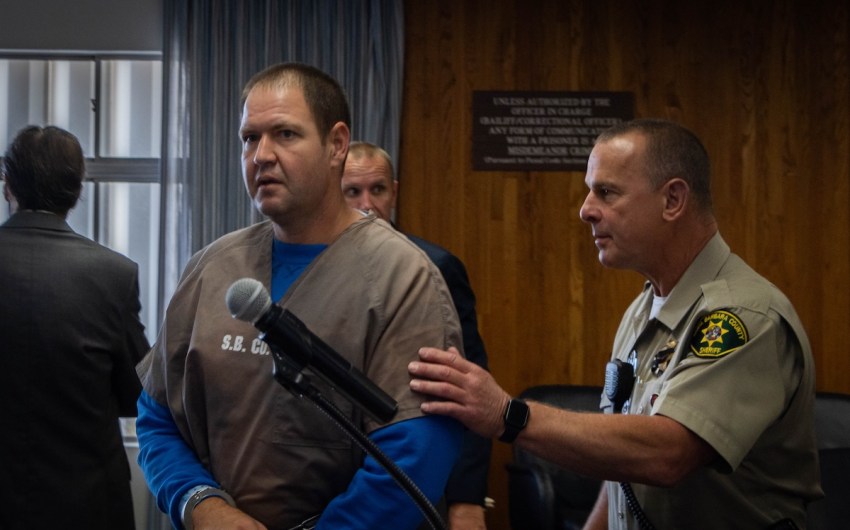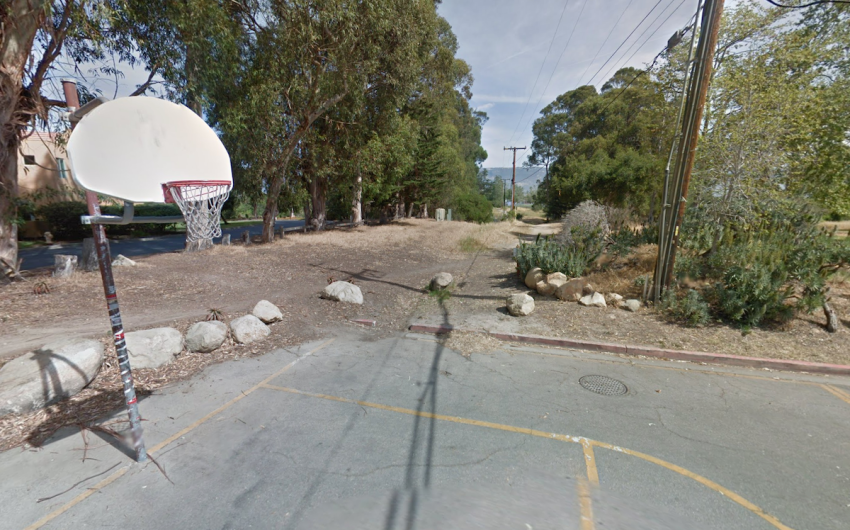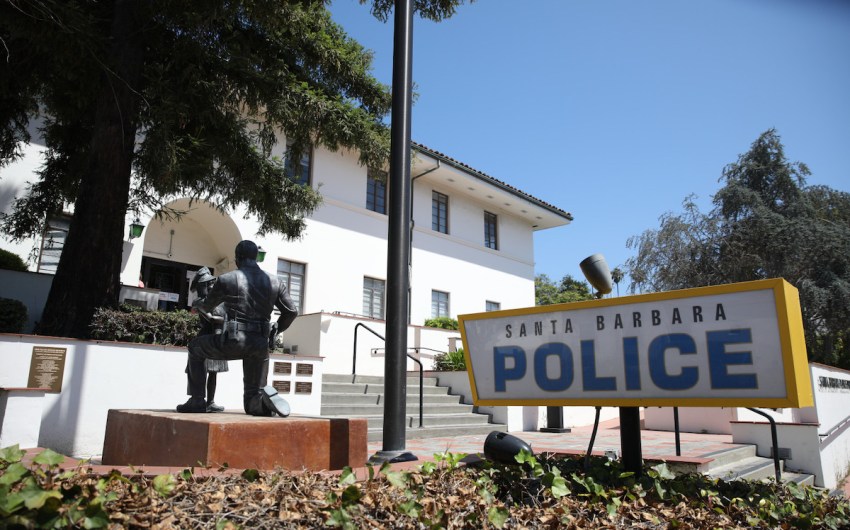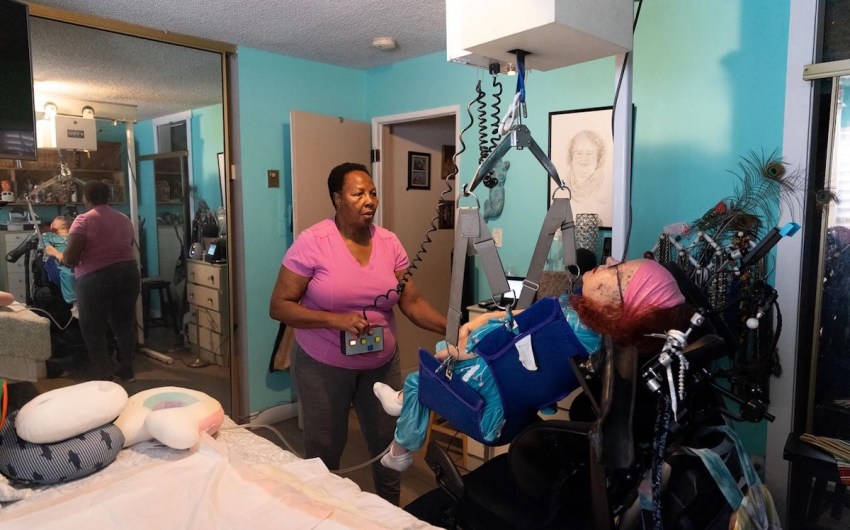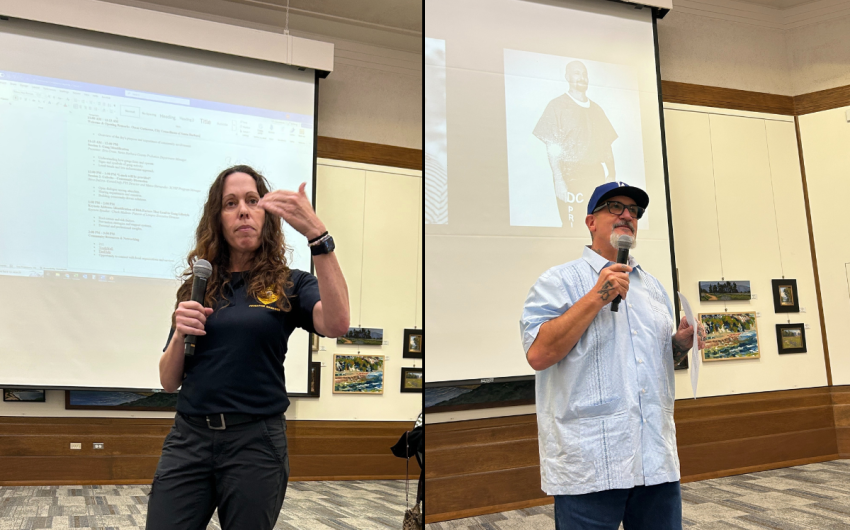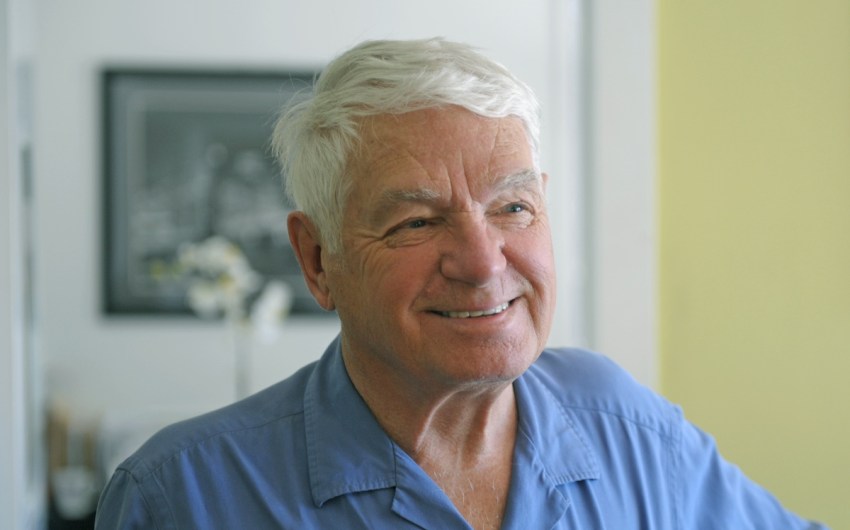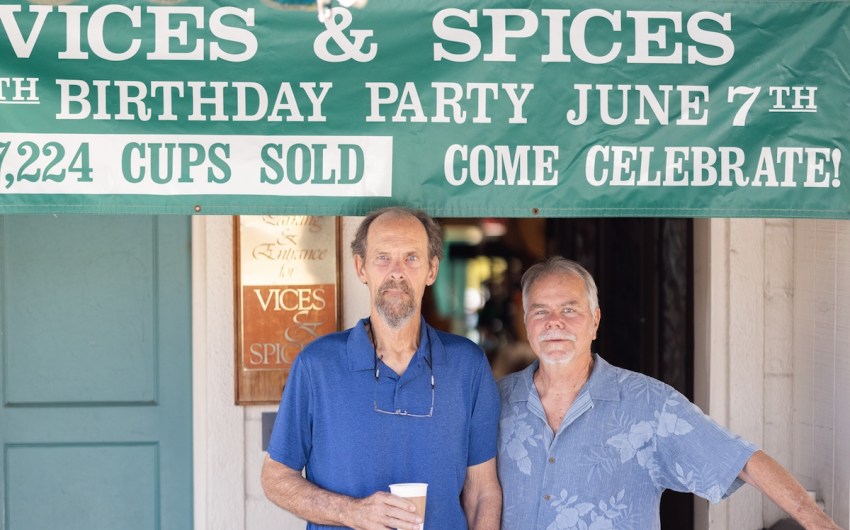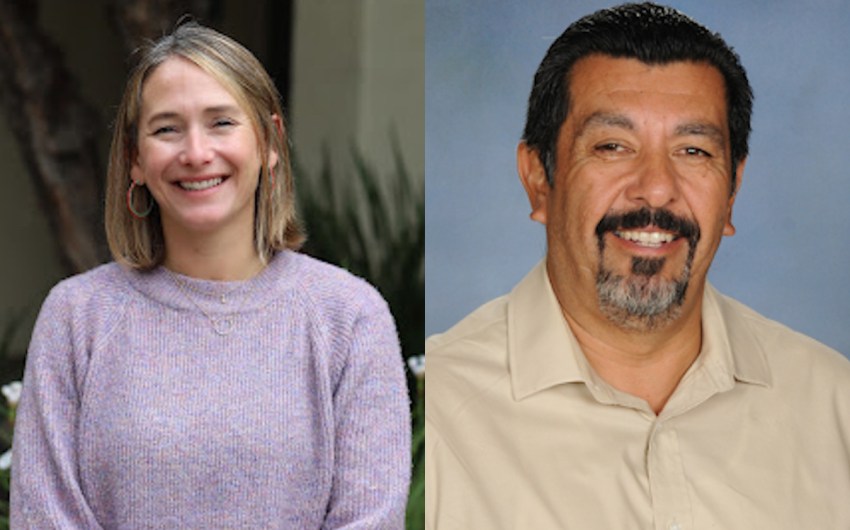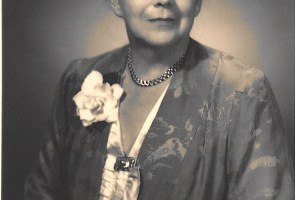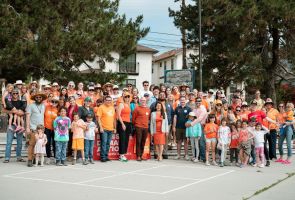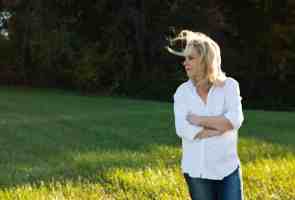[Updated: Wed., Oct. 23, 2024, 8:30 a.m.]
Ray Higgins shakes his head. Just briefly, his eyes well up. His voice quavers. At 92, Ray Higgins is in great shape. His hair has thinned over the years, but it remains a rusty red. His eyes are slightly rheumy but still a piercing blue. Early-morning sunlight explodes through the window over Higgins’s head; dust motes dance in the air.
“No,” Higgins declares. “You never get over it. We never did.”
By “we,” Higgins is referring to himself and his wife, Anne. By “it,” he is referring to the fact that their son Mike was molested by two priests while attending St. Anthony’s Seminary in Santa Barbara as a high school student in the early 1980s.
Higgins and his wife would not know anything until 1992, when the public accusations against the seminarians first erupted. Initially, Higgins’s son denied it. Only later would he acknowledge what happened.
One of the priests — Father Robert Van Handel — would later be sentenced to eight years behind bars. Higgins said his son and his roommate — they boarded at the school — took to sleeping with their heads where their feet should be to trick Van Handle when he came into their dorm room at night.
Higgins remembers his son saying at the time he wanted to leave the seminary. “He’d say, ‘There’s a bunch of weirdos here.’” But Higgins and his wife would insist Mike finish the school year at St. Anthony’s. Higgins thinks about that a lot.
Higgins has been fighting priestly pedophilia pretty much ever since, though his engagement in the battle has been waning of late. Still, he took solace in last week’s announcement that the Los Angeles Archdiocese — with four million Catholics — is now settling with 1,353 sexual-abuse survivors to the tune of $880 million. This brings the grand total now spent on such claims by the archdiocese — which includes Santa Barbara — to $1.5 billion.
“I think the church has finally learned its lesson,” Higgins said with a rueful chuckle. “The only thing they seem to understand is money and bad publicity.”
And by any reckoning, $1.5 billion is a lot of money.
Unlike California’s Franciscan order, which declared bankruptcy last year after being confronted with a fresh new wave of 93 additional cases, the L.A. Archdiocese has not declared bankruptcy.
Of those 1,350 cases, 54 originate from plaintiffs in Santa Barbara County. Santa Barbara attorney Tim Hale — who has spent the past 25 years litigating cases against the Franciscans — represents nine of them.
And of the 93 plaintiffs now accusing the Franciscans, Hale estimated at least half originated in Santa Barbara. “Per capita, we have the most sexual-abuse victims here in Santa Barbara than anywhere else in the country. And we have the most perpetrator priests,” Hale said.
The Franciscan Friars of California, however, say the number of claims originating in Santa Barbara “is far less than half.”
Back in the late 1950s, Hale said, word went out that problem priests throughout the state should be sent to Santa Barbara. If accusations surfaced, the priests would be transferred. New victims would emerge. The church shielded the priests, sending them off for therapeutic help. No reports were filed. Sin was not reported to the authorities.
St. Anthony’s, Hale said, proved especially problematic. For a while, anywhere from 20 to 25 percent of the priests there had been credibly accused of sexual abuse. Father Van Handel — who sexually abused Higgins’s son — was himself sexually molested when he attended the seminary.
In announcing the settlement last week, church officials loudly lamented the pain and anguish that had been visited upon so many victims. They worked out the settlement in conjunction with a team of attorneys representing the plaintiffs. The final number settled upon was big enough to provide payouts of $660,000 per patient — on average — but not so large that the archdiocese felt compelled to declare bankruptcy. According to Hale, individual awards will vary depending on the frequency of the abuse, the nature of the abuse, the duration of the abuse, and how well known the perpetrators were when the first victims came forward.
This pool of victims came forward only after state law was amended in 2019 to extend the statute of limitations from 2020 to 2023 to allow old victims to come forward with new complaints. This marks the second time the state legislature changed the law to enable such victims to come forward. The vast majority of cases to emerge out this first and second window involve allegations of abuse dating back 30-40 years. Some go back as far as the 1940s, with some as recent as the 1990s.
Church officials are quick to point out how few new and recent cases have been filed. Higgins was quick to express skepticism this means church reforms — enacted in response to these allegations — are bearing fruit. “Typically, most victims don’t begin talking about what happened to them until they’re about 35 years old,” Higgins cautioned. “We might not have heard the last yet.”
Ray and Anne Higgins had considered themselves cradle-to-the-grave Catholics. The church was the epicenter of their family lives. Ray himself attended a Catholic high school and a Catholic college. His kids both attended the San Raphael parish school in San Roque. They considered Father Van Handel, a frequent guest in the Higginses’ home, a family friend. They attended Sunday mass at St. Anthony’s. When accusations surfaced, the Higgins family stopped going.
“We consider ourselves unaffiliated Catholics,” he said.
His son’s journey was considerably rougher: drinking, drugs, addiction, an attempt at suicide when he was 21, and recovery programs at Zona Seca and Newhouse II.
“It changed his life completely,” Higgins stated. “It’s unimaginable how terribly this affects the victims. It’s just devastating; you can’t think outside of that box.”
Higgins’s son would be in the earlies waves of litigation, settling with the Franciscans for $90,000. Of that, he saw about half. He used that to buy a cabin in Durango, Colorado, which he fixed up, sold, and used the proceeds to make a down payment for his home somewhere back east where he works as a probation and parole officer. He has two daughters. He is fiercely protective, Higgins said — distrustful even — and quick to question attention from unknown adults.
Ray Higgins’s son got lots of therapy along the way. Some the Franciscans paid for. So too did Higgins and his wife. In the early 2000s, when the first big settlement of $28 million was announced with the Franciscans, Higgins reached out to the 25 beneficiaries and their attorneys for donations. With the proceeds, he helped underwrite the cost of therapy for 30 victims.
He would join with sexual-abuse survivors to lobby the state legislature to change the law to extend the statute of limitations. That, the Franciscans contend, is what’s driving not just their bankruptcy filing but similar claims filed by the archdiocese of Oakland and San Francisco. Higgins and attorney Tim Hale are quick to dismiss these filings as a ruse to hide the truth.
“A lot of Franciscans have apologized for what happened,” Higgins stated. “But not one — not one — in all these years has ever admitted they had any inkling what was going on.”
Premier Events
Thu, Jun 05 6:00 PM
Santa Barbara
Lecture by Cheri Rae: Pearl Chase, Part I
Sun, Jun 08 4:00 PM
Santa Barbara
A Celebration of African American Music
Sat, Jun 07 10:00 AM
Santa Barbara
Wear Orange for Gun Violence Awareness Weekend
Mon, Jun 16 7:00 PM
Santa Barbara


